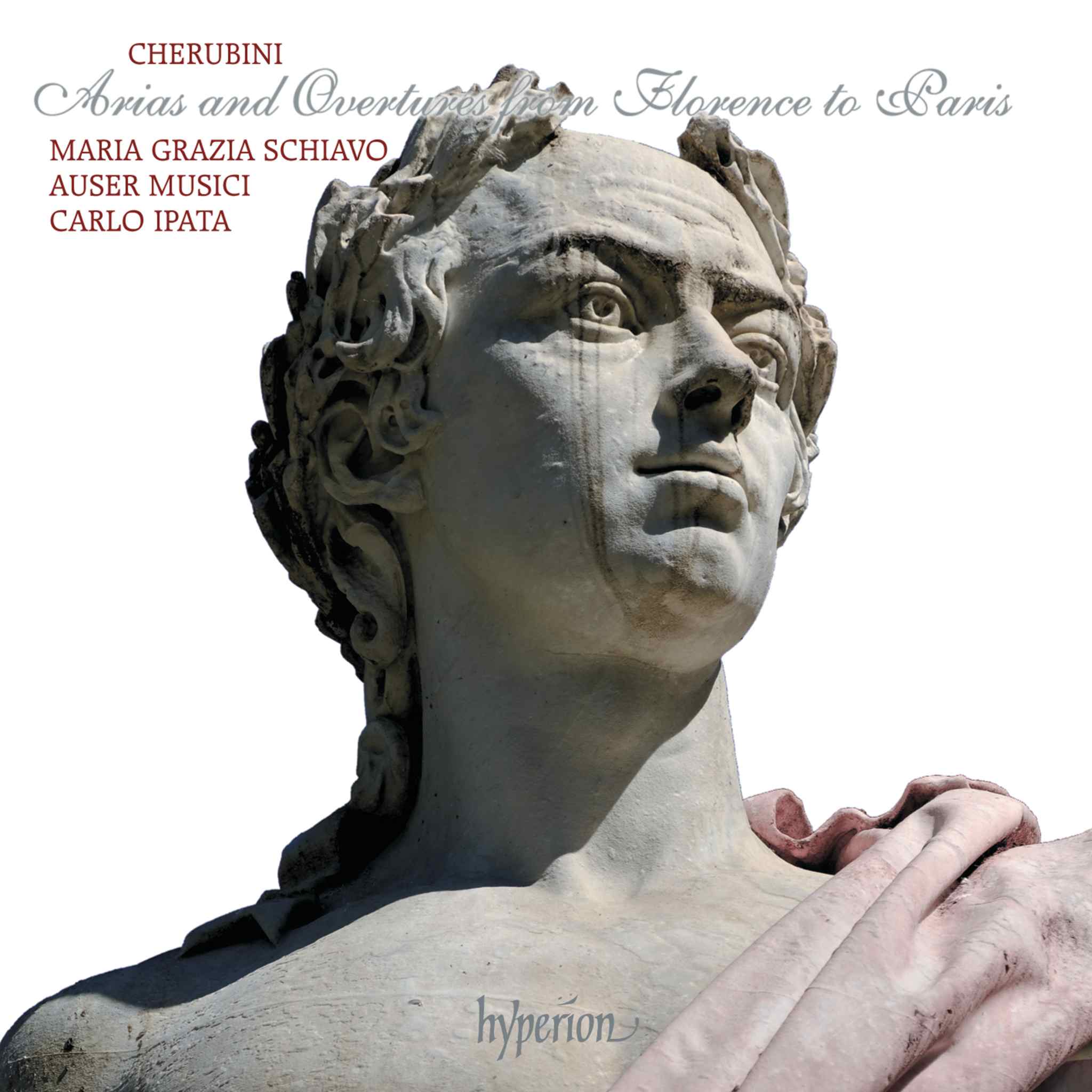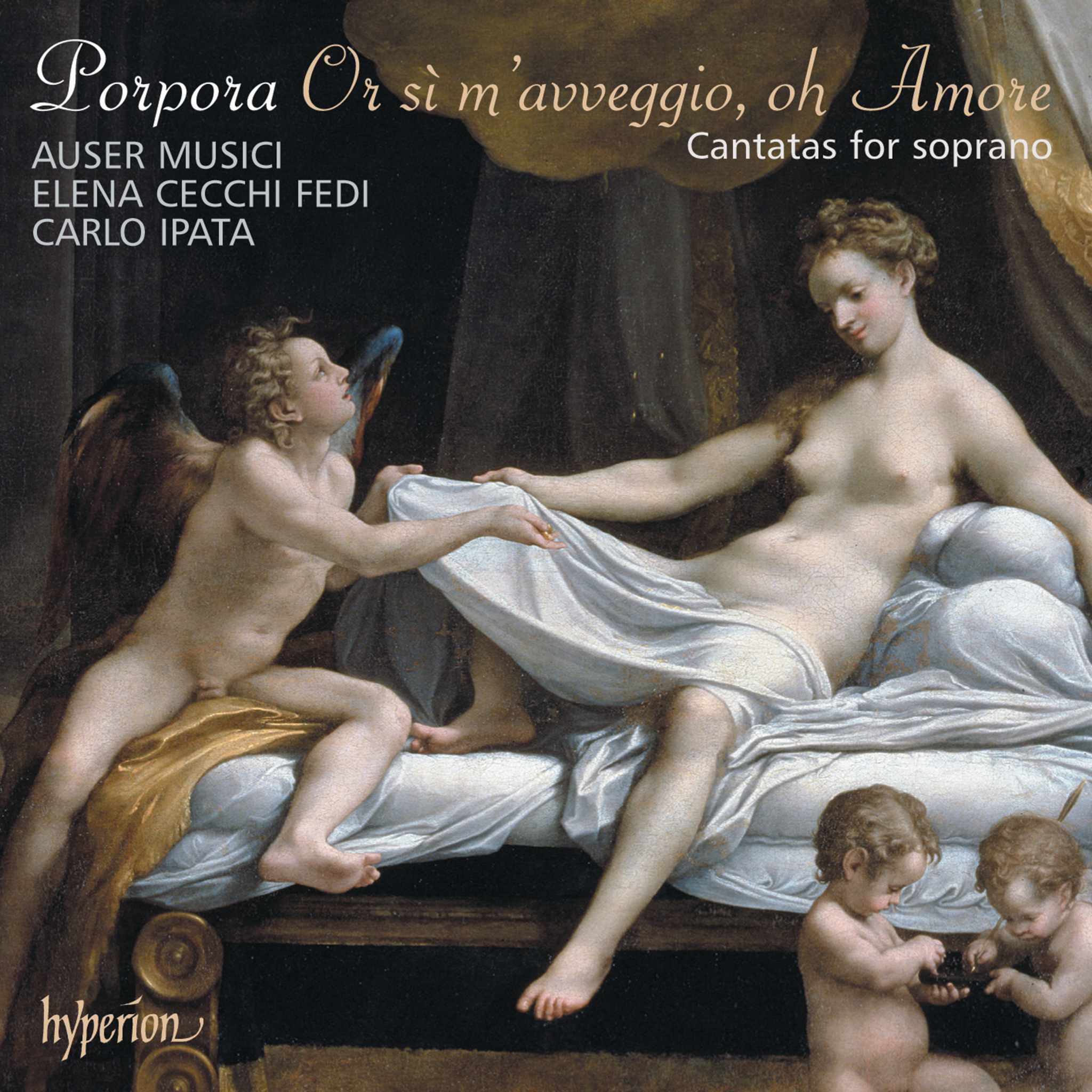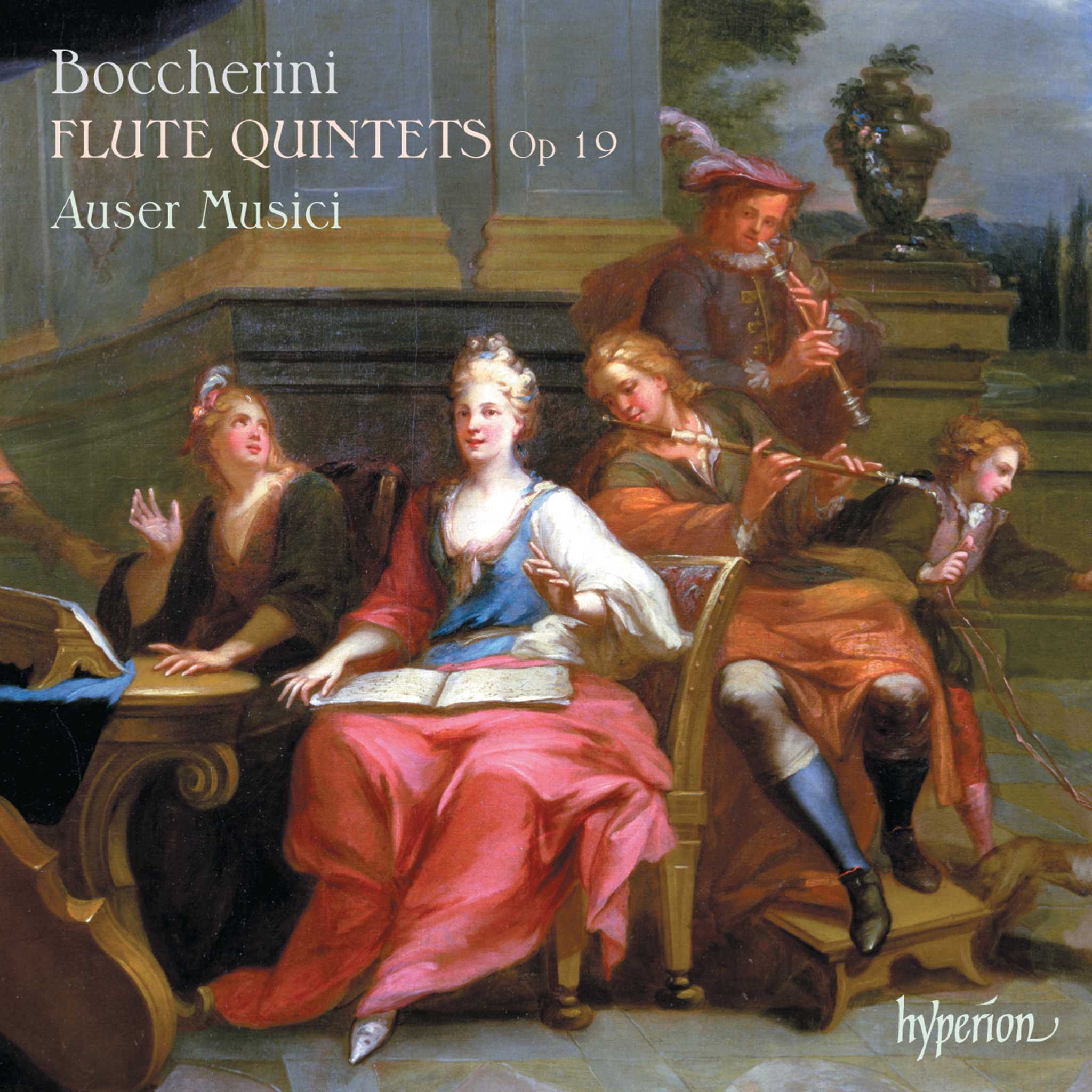Album insights
Bach's own revisions and reuse of his music are well-known, along with the fact that a considerable amount of his work has not been passed down to our time. Surprisingly, none of his surviving concerts feature the oboe or oboe d'Amore, despite his fondness for these instruments in cantatas, oratorios, and masses. Only three concerts from Bach's most prolific orchestral composition period are available, excluding the six Brandenburg Concertos. Many of his later concerts are known to be revisions of earlier works, allowing for the reconstruction of earlier forms with remarkable accuracy. The two oboe concertos recorded here reverse Bach's process - they were reconstructed from their later surviving versions.
To reconstruct the Oboe Concerto in F major, one must refer to two cantatas and a harpsichord concerto. The harpsichord concerto in E major (BWV1053) is widely believed to be a revision of an earlier oboe or violin concerto, likely transformed between 1735 and 1740. Utilizing both the original concerto and its later harpsichord version, where Bach reused sections in two cantatas from 1726, provides an opportunity to reconstruct the original concerto with two different sources for each movement.
The initial Sinfonia from Cantata BWV169 seems to be the purest source for the first movement of the original concerto, while the Siciliano second movement suits the oboe perfectly. Modifications made to this movement in the harpsichord version, including the removal of a ritornello, are evident. The final movement draws primarily from Cantata BWV49, integrating elements of the harpsichord concerto to enhance the oboe part.
Sir Donald Tovey once remarked in 1936 that the A major harpsichord concerto was perfectly suited for the oboe d'Amore if one were to exclude typical keyboard embellishments. The revised version for oboe d'Amore explores the instrument's ranges thoroughly, from the lowest to highest notes, particularly evident in the final Allegro ma non tanto movement. Recent examination of the manuscript reveals how the original melody was adorned with typical harpsichord figurations. While doubts may arise, especially in the first movement, this reconstruction closely mirrors Bach's original work.
In contrast, Telemann consistently published and performed his music, actively promoting his musical endeavors as a cantor, concert organizer, and music publisher. He was perceived as a leading figure in German music life, surpassing even Bach in popularity during that era.
Between 1720 and 1740, Telemann contributed significantly to the burgeoning home music culture by composing and publishing numerous instrumental works. Telemann's astute business sense brought him wealth and success, while also providing a valuable publication source for his contemporaries and future generations.
Telemann's publishing philosophy centered on profitability, emphasizing the importance of creating pieces that catered to a wider audience. The two unrecorded concerts contain elements of Telemann's entertaining style but also demand virtuosic skills from performers, potentially explaining their lack of publication.
The Oboe Concerto in D minor is preserved in manuscript form at the Saxon State Library Dresden, revealing Telemann's varied articulation directions. Innovative textural modeling and distinctive harmonic turns characterize its three movements, showcasing Telemann's compositional prowess. The Concerto for Oboe d'Amore in G major, also in manuscript form at the Darmstadt University Library, features rapid mood shifts and anticipates classical stylings. Diverse articulation styles challenge players throughout, complementing idyllic passages with brisk, characterful sections.






